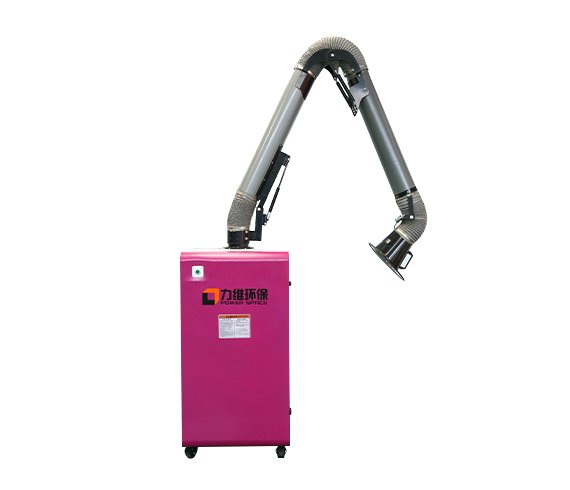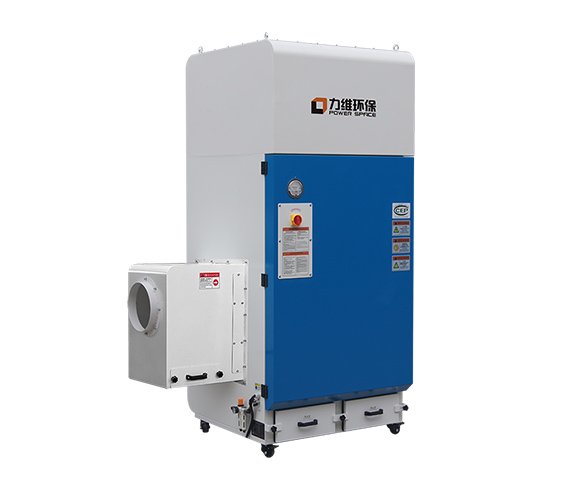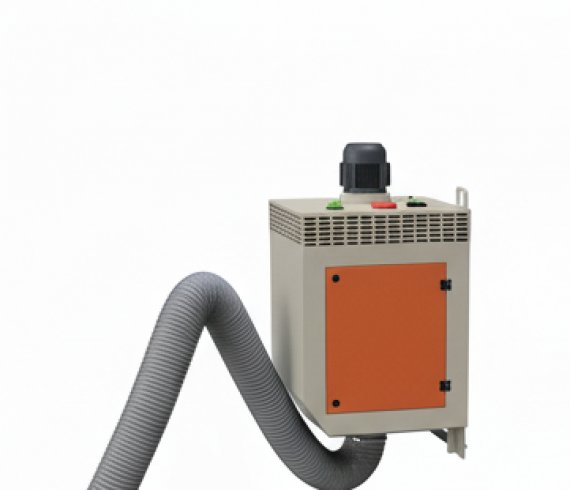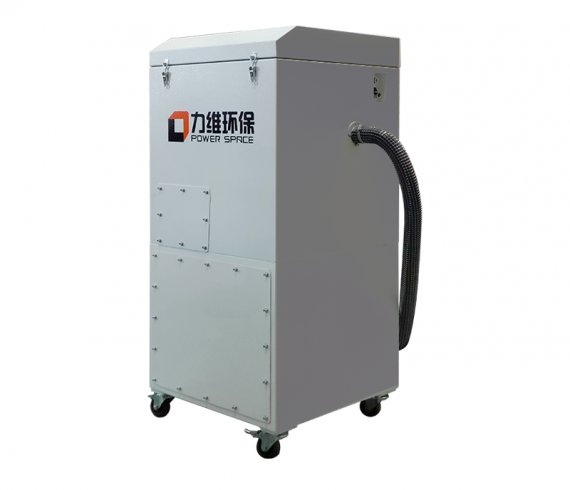News
Power Space tailor-made dust removal plan for you
How to get rid of welding smoke?
In industrial settings, managing welding fumes is paramount for maintaining a safe and healthy work environment. Here are key strategies to effectively handle welding fumes:
Ensure Adequate Ventilation
When conducting indoor welding operations, it's crucial to promptly open windows or utilize ventilation systems to facilitate air circulation. Proper ventilation helps disperse welding fumes and reduces their concentration in enclosed spaces. You can use fans or open windows to increase the air exchange rate in the workspace. This method is less effective than LEV (Local Exhaust Ventilation) but can be used in conjunction with it.
Welding Practices
Low-Fume Welding Processes: Choose welding processes that produce less smoke, such as TIG welding, which generates less fume than MIG or stick welding.
Welding Techniques: Optimize welding techniques to reduce fume production, such as reducing arc length and travel speed.
Welding Materials: Use welding rods and wires with low fume emissions.
Local Exhaust Ventilation (LEV)
Use portable or fixed fume extractors that capture and filter the smoke at the source. These devices usually have a high-efficiency particulate air (HEPA) filter to clean the air before releasing it back into the environment.
Position a hood or capture area directly over the welding area to collect the smoke. The hood is connected to a ventilation system that removes the fumes from the workspace.
Wear Protective Face Masks
Protecting respiratory health is essential when dealing with welding fumes. Utilize appropriate respiratory protection such as high-quality face masks to prevent inhalation of harmful particles and gases generated during welding processes.
Utilize High-Efficiency Dust Extractors
Employing efficient dust extraction equipment is essential for controlling welding fumes. Selecting the right dust collecting unit is crucial for maintaining a clean and healthy environment in industrial settings, workshops, and other spaces where dust and airborne particles are generated. Welding fume extractors, particularly those with high efficiency, offer effective air purification solutions. These industrial machines, such as welding smoke eaters, efficiently capture and filter airborne contaminants, ensuring cleaner air in the workspace.
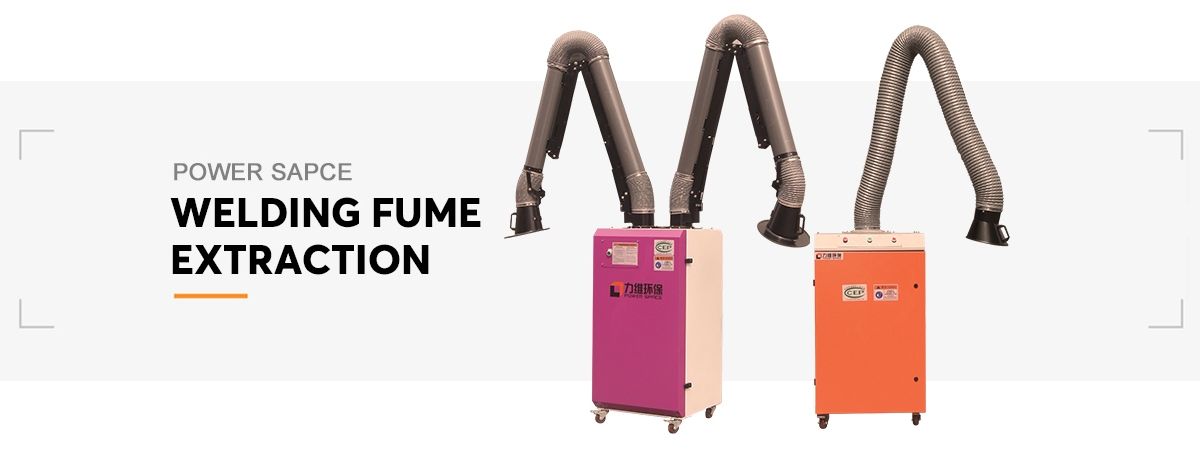
Selecting the Right Welding Fume Extractor
Choosing the appropriate welding fume extractor requires careful consideration of various factors.
Firstly, assess the operational conditions within the facility, including the duration of daily welding activities and whether welding stations are fixed or mobile.
Secondly, collaborate with experienced portable dust extractor suppliers, preferably direct manufacturers, who offer welding fume extraction systems. Manufacturers with extensive experience can provide tailored solutions based on specific requirements, backed by a wealth of customer case studies and technical expertise. Qingdao Power Space, 15years+ welding fume extraction manufacturer, has professional team to work out welding fume problems.
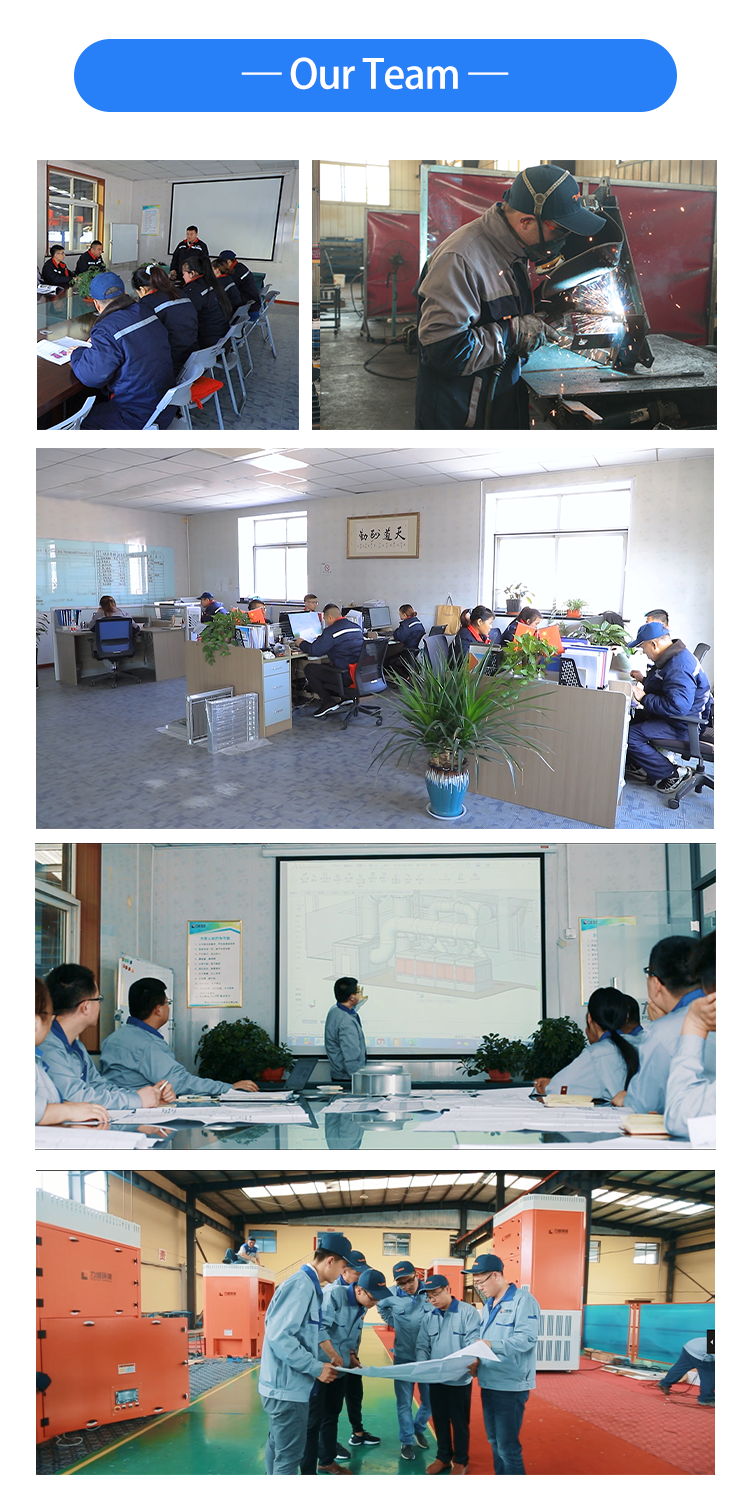
In conclusion, managing welding fumes in industrial environments demands a comprehensive approach that prioritizes ventilation, personal protective equipment, and efficient dust extraction systems. By implementing these measures and selecting suitable welding fume extractors, businesses can safeguard the health and well-being of workers while maintaining a productive and compliant workplace.


